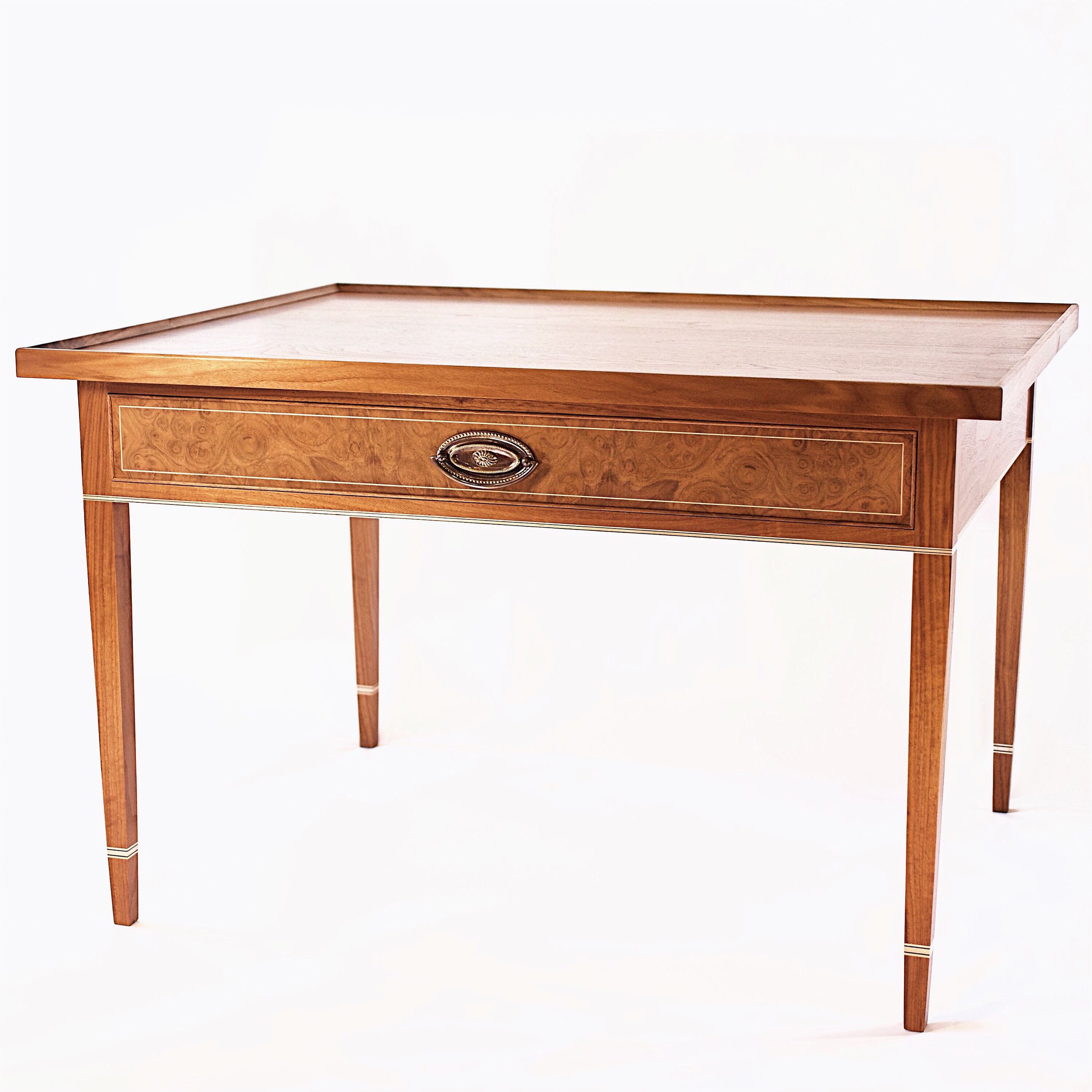Process
Here's where all the smoke and mirrors ends and a glimpse into the life of a custom-furniture maker begins. Education enables us to understand truly the difference between a handmade piece of furniture and those mass-manufactured pieces available to everyone everywhere for a reduced price. Can a table from West Elm hold your coffee and look good? Sure. Will it last a lifetime? Will it live and grow with you? Most likely not. Through the process section, I'll show you what consideration is taken into each project I receive, from the beginning stages all the way through to the final product. You'll begin to see how handmade truly eclipses mass-made.
Material Selection
The process begins with discussing which materials you would like used for your particular piece. I then sort through FSC-certified lumber to hand-pick the best boards for your piece taking into consideration the wood's grain, timbre, and overall character.
Milling
Milling is where rough lumber becomes square, flat, and thicknessed stock. This is also when I can begin to create a relationship with the wood being used for your piece. This is where I can start to layout and design with the wood, using grain to book match, waterfall, or continue across as set of drawers to create a pleasing look.
Joinery
How a piece goes (and stays) together is all about the joinery. From mortise and tenon joints to hand-cut dovetails, the joinery of a piece is decided upon by it's overall construction and style.
Finishing
Finishing is what brings everything together. This is when the wood finally becomes alive and all the inherent beauty of the board is able to come to light. What finish is used is dictated by its use; where high-traffic pieces like dining tables will receive a film finish, other austere pieces like side or end tables may receive a hand-rubbed oil and wax finish. Favorite finishes include shellac & wax, and oil and wax.
“Nothing is a mistake. There’s no win or lose, only make. - John Cage”




